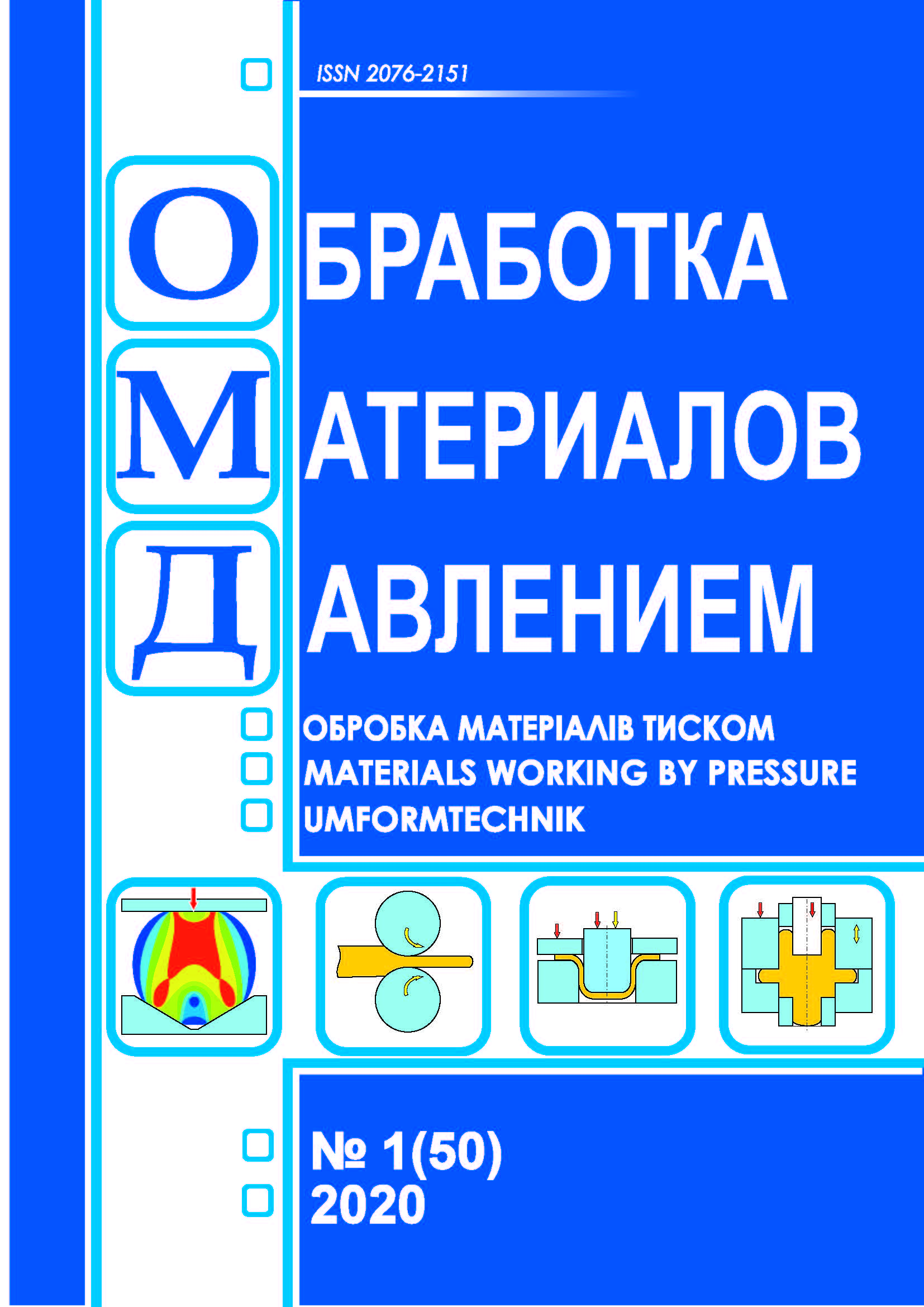Features of obtaining elongated powder blanks by pressing with punch rotation
DOI:
https://doi.org/10.37142/2076-2151/2020-1(50)202Keywords:
powder compaction, high pressure torsion, plasticity, closed-die compaction.Abstract
Kuzmov А., Shtern M., Kirkova O. Features of obtaining elongated powder blanks by pressing with punch rotation. Material working by pressure. 2020. № 1 (50). Р. 202-209.
The convexity of the loading surface as a necessary thermodynamic condition with the normality plastic flow rule results in reducing of the medium pressure with increase of the shear strain intensity. In powder metallurgy practice this phenomena is interesting because of the shear strain development due to mutual rotation of the die and punch which allow us to reduce pressure value during powder compaction needed for obtaining the certain level of density. At the same time, the hardening of the solid phase material of a porous body due to additional shear strain leads to an increase in working pressure. Also similarly to the torsion under pressure for compact materials, the degree of blank elongation should have an important influence on the compaction. For more elongate blank the shear strain may not be distributed more or less equally through the blank volume but be localized in a certain narrow area which is the surface of plastic flow localization with velocity field spike observation. This work has been devoted to the investigation of the above-mentioned factors using numerical simulation with the finite element method. In terms of powder metallurgy technologies, conducted numerical simulation gives an answer about the influence of such technological parameters as the angular velocity of cylindrical punch rotation, the degree of cylindrical green part elongation and the degree of strain hardening of powder material on the working pressure of compaction. Traditionally, in axial pressing of metal and ceramic powders, friction between the blank and the die plays an important role. The presence of such friction significantly limits the applicability of axial pressing in closed molds for elongated products due to significant under-pressing in places remote from the punch. In the presence of rotation of the punch, the friction between the blank and the punch also plays a significant role, since rotation from the punch to the blank is transmitted by friction. Therefore, in this work, the effect of friction of the blank with both the die and the punch was also investigated separately.

